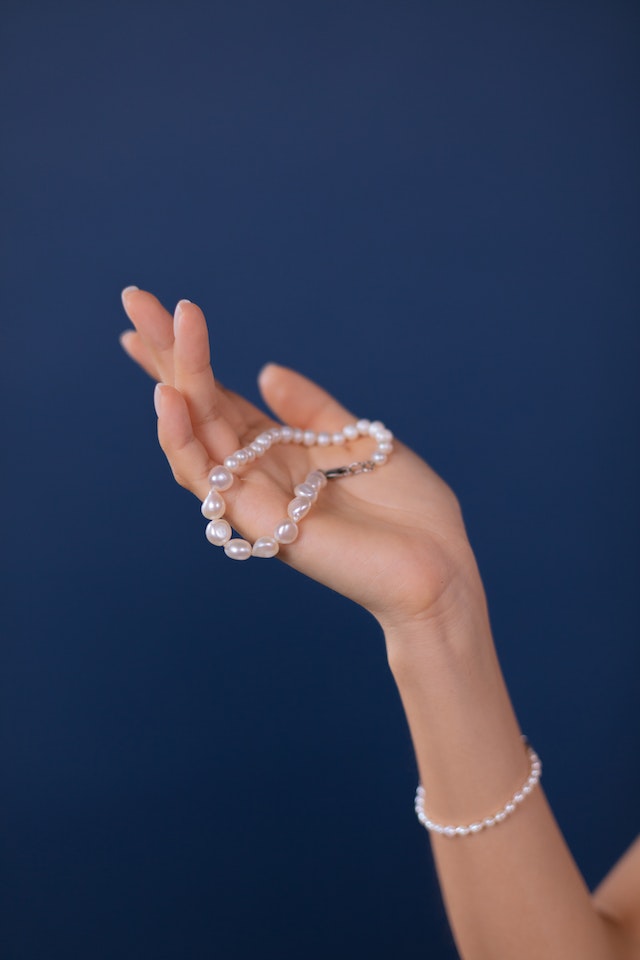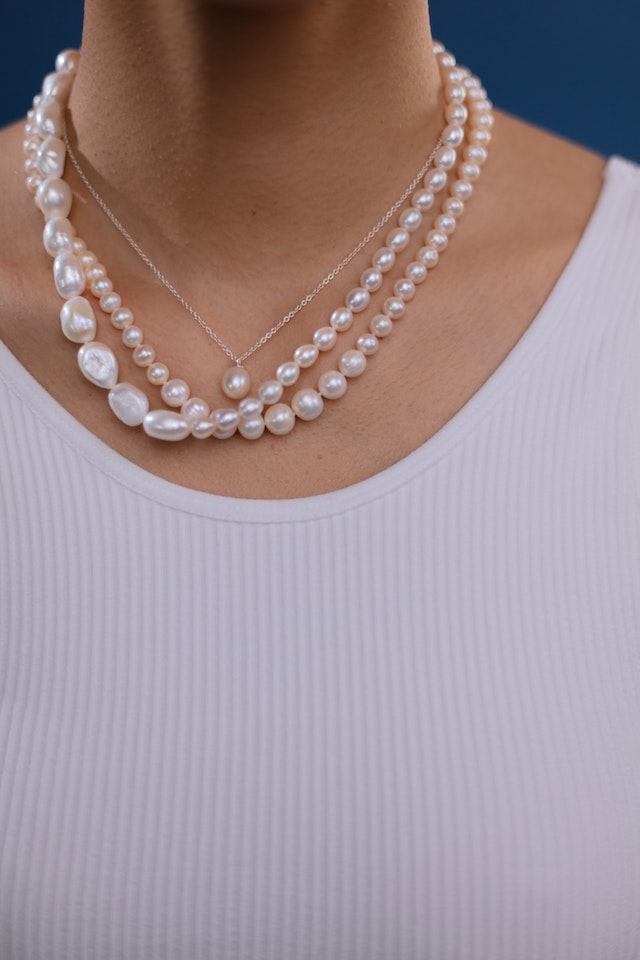Demystifying the Unique Beauty of Baroque Pearls
Baroque pearls have an intriguing and often misunderstood history. Unlike classic round pearls, baroque pearls captivate with their irregular shapes and grooves. But what exactly makes a pearl baroque? Here’s an in-depth look at how baroque pearls form, their unique characteristics, and why they’re so prized.

How Baroque Pearls Form
Baroque pearls originate the same way as round pearls – from an irritant getting lodged inside an oyster or mollusk shell. But while round pearls form concentrically around the irritant, baroque pearls form haphazardly.
The main factors that cause a pearl to develop into a baroque shape include:
- Multiple irritants entering the oyster instead of just one. This disrupts the balanced growth around an irritant that produces round pearls.
- Parasites or damage to the mollusk that impact secretion of nacre. Thinner nacre layers lead to uneven coating around irritants.
- Health issues such as disease or old age affecting the oyster’s ability to coat the irritant evenly in nacre.
Unique Characteristics
The irregular shape isn’t the only distinct characteristic of baroque pearls. Other features that set them apart include:
- Asymmetrical shapes described as potato-like, twisty, or flame-like. No two baroque pearls are exactly alike.
- Deep grooves, ridges and protrusions along the surface caused by uneven nacre layers.
- Higher nacre thickness and density results in increased durability and luster.
- A wide range of sizes from quite small to very large baroque pearls.
- Diverse base colors like white, black, blue and pink based on the mollusk species.
Why Baroque Pearls Are Prized
For much of history, baroque pearls were considered inferior to perfect rounds. However, the allure of their unique shapes and textures has made them highly coveted. Reasons baroque pearls are now so popular include:
- Rarity – They’re much rarer than round pearls, only occurring in about 1 in 10 pearl formations.
- Exotic design – The flowing, flame-like shapes and grooves have an organic beauty.
- Artistic versatility – The abstract shapes inspire creative jewelry designs and allow for larger statement pieces.
- Affordability – Baroque pearls can offer the luster of fine pearls for less cost than highly symmetrical round pearls.
- Durability – Their thicker nacre makes them quite durable for jewelry use.
Baroque Pearls in Jewelry
Baroque pearls lend themselves beautifully to necklaces, earrings, rings, and bracelets. Some design inspirations include:
- Baroque pearl solitaire pendants and dangle earrings to showcase a single dramatic pearl.
- Chokers or bib necklaces made up of multiple baroque pearls for organic impact.
- Mixing baroque pearls with precious metals, colored gemstones and diamonds.
- Fashioning rings out of large baroque pearls set in gold or silver.
- Scattering small baroque pearls along a chain bracelet for texture.
The mesmerizing uniqueness of each baroque pearl is the source of their enduring allure. Their rarity and intriguing silhouettes continue to capture jewelry lovers’ imaginations today.

FAQs about Baroque Pearl
While “baroque” is often used as an umbrella term to describe any kind of unusually shaped pearl, strictly speaking, it should only be used to describe very off round saltwater pearls. This is due to how the nacre naturally forms around the nucleus inside an oyster.
Perfectly spherical and round pearls are rare, whereas baroque pearls are more abundant. This means that they are the more affordable option when it comes to this lustrous gem, making them incredible for statement jewelry that doesn’t cost the world.
The word Baroque comes from the Portuguese word “barroco,” which refers to a pearl with an elaborate shape. It was during the Baroque Era (1600–1750) that these non-round pearls were first used in jewelry, hence the name, which doubles as a reference to the luxuriant art and architecture of the period.
Baroque pearls are about 25-35% the cost of round pearls. Natural pearls are extremely rare, and largely limited to auction and collector’s markets. These can be worth 10 to 20 times an equivalent Akoya cultured pearl.
